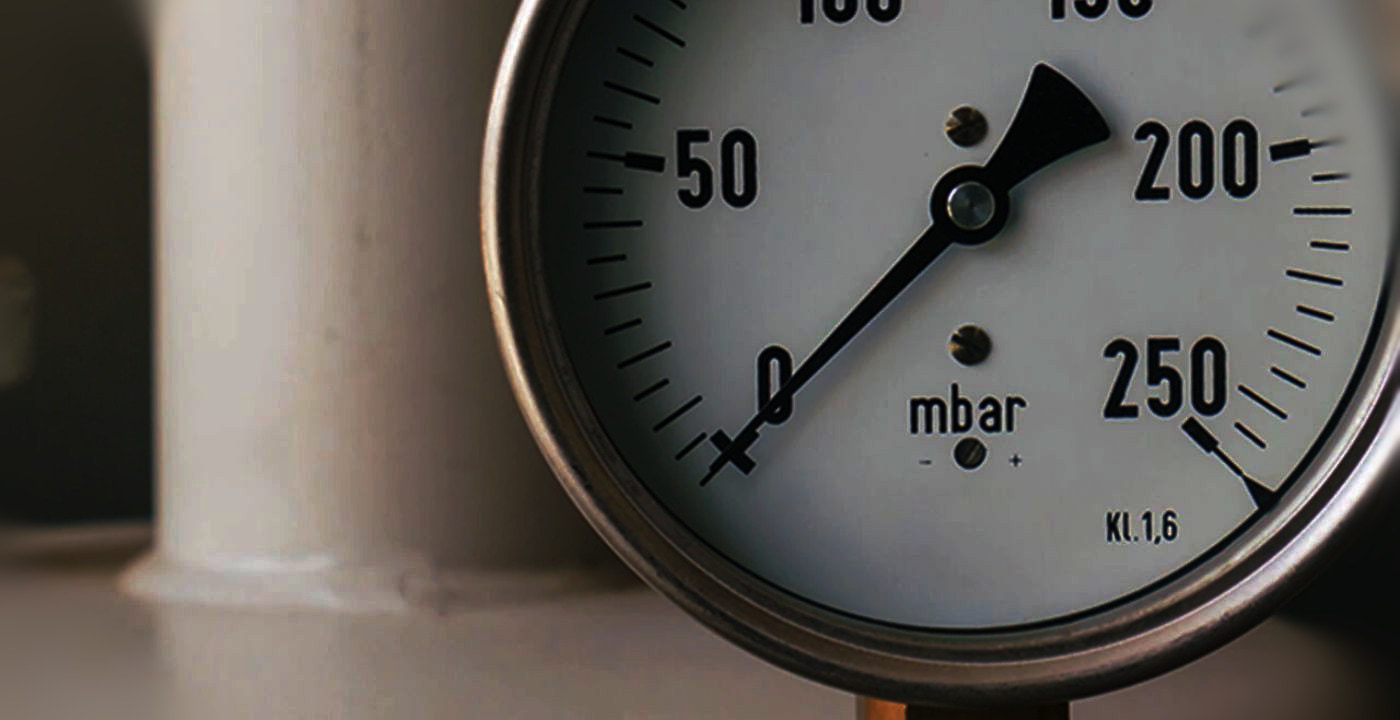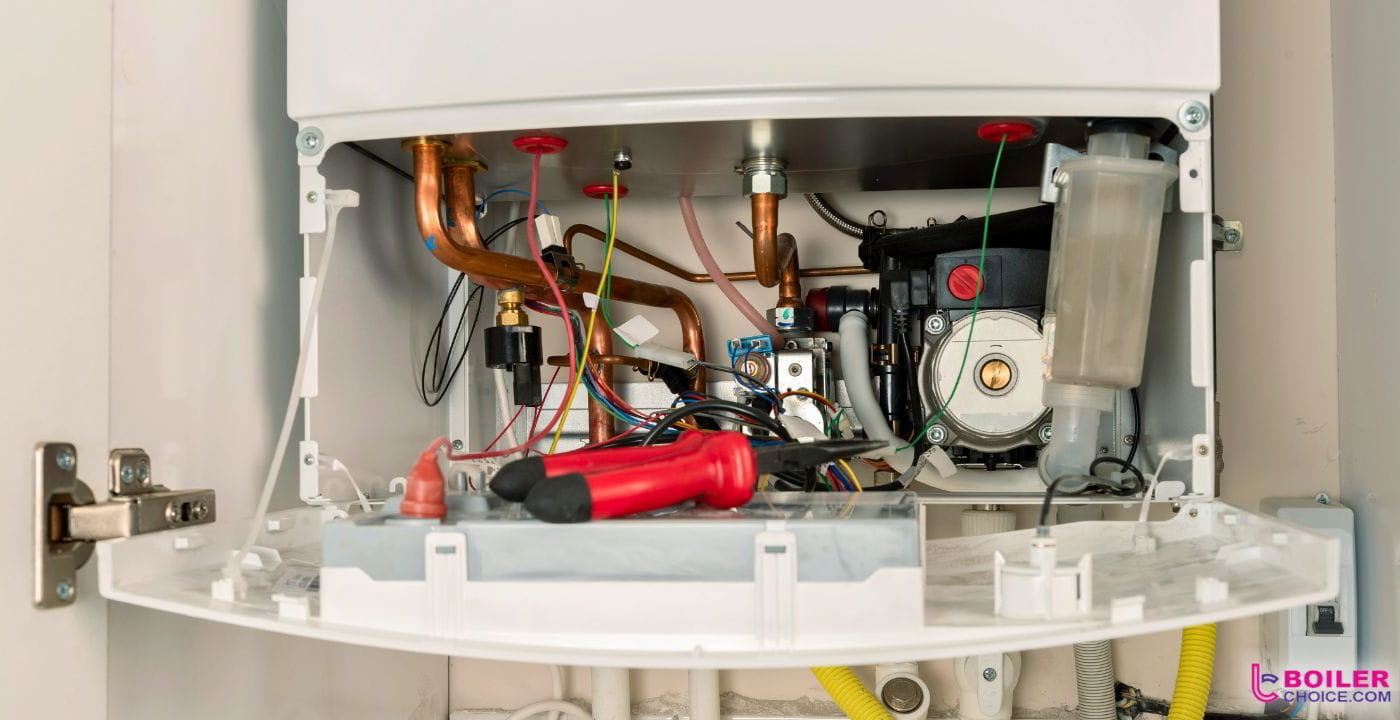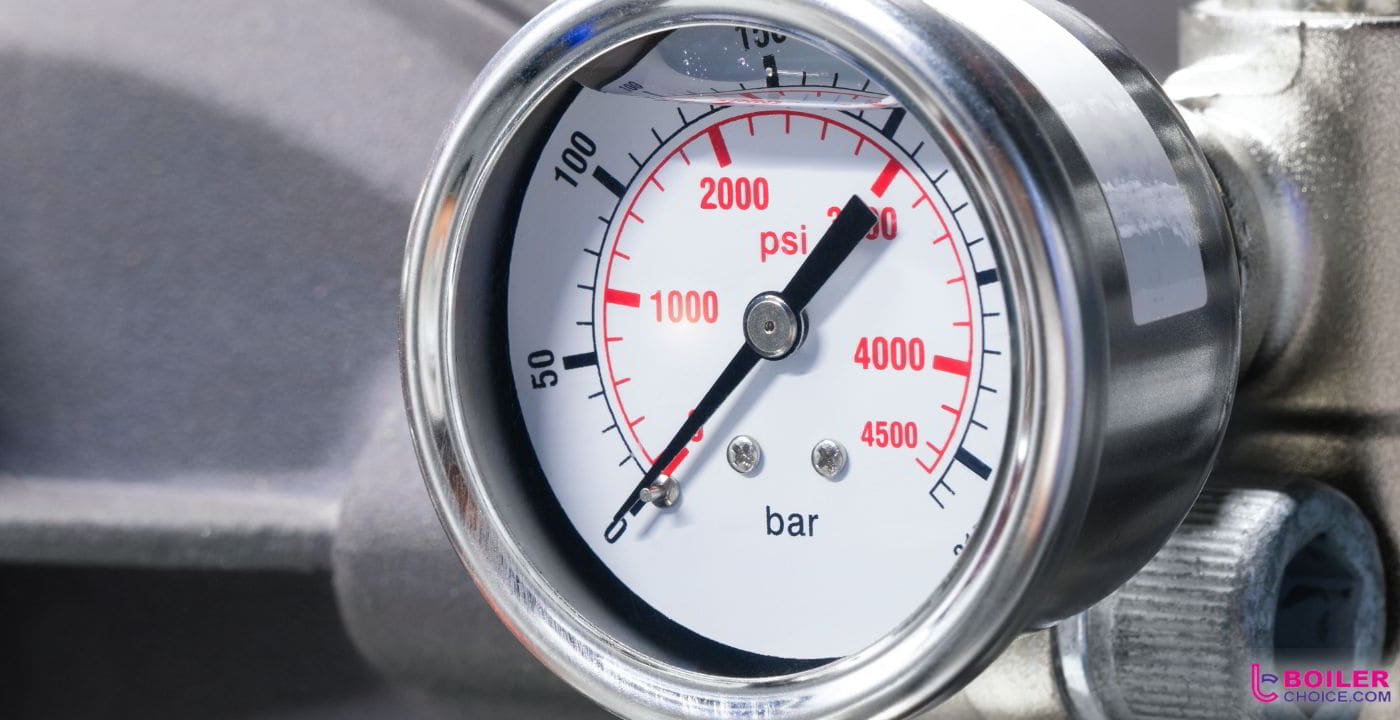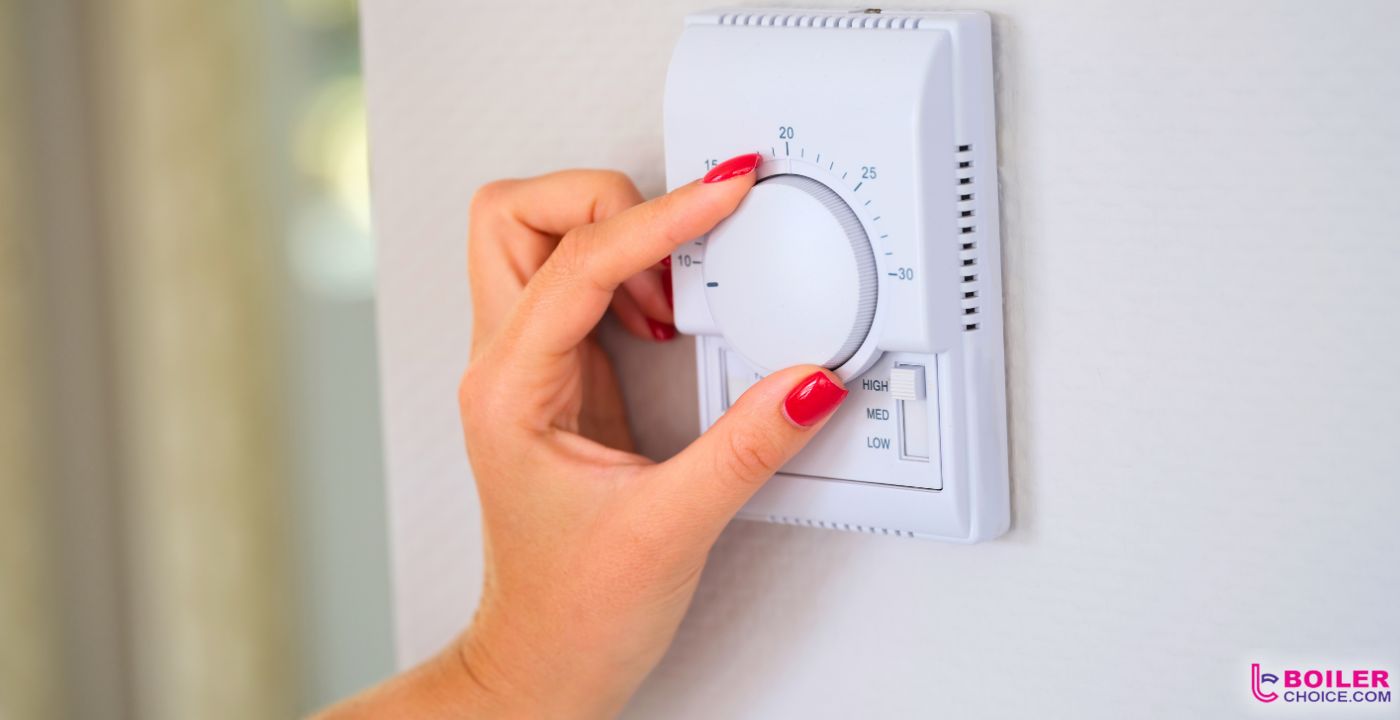
Key Takeaways
- Maintaining appropriate boiler pressure is crucial for the system’s performance and efficiency. The ideal pressure for most boilers is around 1.5 bars.
- A drop in boiler pressure can lead to poor heating performance and could be a sign of underlying issues such as leaks.
- Repressurising a boiler is a task you can perform yourself by following a step-by-step guide, ensuring safety precautions are observed.
It is not uncommon for boilers to suffer from high pressure, as well as low pressure. If you have a boiler experiencing high pressure we have a number of guides that could help.
What is the Correct Pressure for a Boiler?
The correct pressure for most domestic boilers lies between 1 and 2 bars when the system is cool. However, an ideal operational boiler pressure usually sits at around 1.5 bars.
What Causes Boiler Pressure to Fall?
Boiler pressure can decrease due to various reasons, including small leaks in the system, recently bled radiators, a faulty pressure relief valve, or a malfunctioning expansion vessel. Sometimes, a drop in pressure could simply be due to natural system operation and may not signify a significant issue.
The Most Common Signs/Indicators of Low Boiler Pressure

1. Poor Heating Performance
One of the first signs that indicate low boiler pressure is when your radiators take longer to heat up or don’t heat up at all. Inadequate pressure means the hot water circulation in your radiators could be affected, resulting in poor heating performance.
2. Boiler Shutting Off
If your boiler often shuts off by itself, it could be due to low boiler pressure. Most modern boilers have safety mechanisms that automatically shut off the boiler when the pressure falls below a certain point to prevent any potential damage.
3. Warning Lights or Error Codes
Your boiler will usually display warning lights or error codes to alert you when the pressure is too low. Refer to your boiler’s manual to understand what these lights and codes mean as they can vary between different models.
4. Pressure Gauge Reading
The most direct way to identify low pressure is by checking the pressure gauge on your boiler. If the needle is in the red area on the left or below 1 on digital displays, your boiler pressure is too low.
5. No Hot Water
If your boiler pressure is too low, it can prevent your boiler from providing hot water. You might experience inconsistent hot water supply or none at all. Remember, these signs can also be indicative of other issues in your heating system. If you notice any of these signs and the problem persists after repressurising, it’s advised to seek professional help.
How to Check Boiler Pressure

The boiler pressure can be checked by looking at the pressure gauge, typically found on the front of the boiler. Digital gauges display the pressure in bars. A reading below 1 indicates low pressure. Hydraulic pressure gauges have a dial with red and sometimes green sections.
ℹIf the needle points to the left red section, the pressure is too low; if it points to the right red section, the pressure is too high. The green section represents the normal pressure range.
How to Repressurise a Boiler
Step 1: Safety First
Ensure the boiler is off and adequately cooled before you start repressurising it. This can take about 4 to 6 hours. Always adhere to safety guidelines outlined in the boiler’s manual.
Step 2: Locate the Filling Key or Loop

The filling key is usually found under a small plastic cover resembling a tray. If your boiler uses an external filling loop, it is typically a silver flexible tube with two end connectors.
Step 3: Insert the Key or Connect the Loop
For a filling key system, insert the key into the manifold and turn it to the unlocked position. For a filling loop system, securely connect one end of the hose to the boiler and the other to your water mains.
Step 4: Begin the Repressurising Process
Open the filling valve to let water into the system. Monitor the pressure gauge and stop when it reaches 1.5 bars.
Step 5: Secure the System
Close the filling valve and, if you used a key, turn it back to the locked position before removing. If you used a filling loop, disconnect it after closing the valve.
Step 6: Reactivate the Boiler

Switch the boiler back on. The pressure might fluctuate momentarily before stabilising but this is perfectly normal and nothing to be concerned about.
If this process does not appear to work to repressurise the boiler take a look at our blog 5 Ways to Fix Low Pressure on a Boiler.
Frequently Asked Questions (FAQs)
Can You Repressurise a Boiler Yourself?
Yes, repressurising a boiler is a task most homeowners can do. The process involves increasing the system’s water pressure to the ideal point using a filling key or filling loop. Always refer to the boiler’s manual and follow safety instructions.
How Do You Repressurise a Boiler With a Filling Loop?
To repressurise a boiler with a filling loop, connect the filling loop to both the boiler and the water mains. Open the valves to let water into the system until the pressure gauge reads 1.5 bars. Close the valves and disconnect the loop.
How Do I Fix Low Boiler Pressure?
Fixing low boiler pressure primarily involves repressurising the system. However, if the pressure continues to fall after repressurising, there could be an issue such as a leak or faulty valve that needs professional attention.
Conclusion
Understanding boiler pressure and the process to repressurise your boiler can help maintain the efficiency and longevity of your home heating system. This guide provides simple steps to check and repressurise your boiler safely.
However, if boiler pressure issues persist after repressurising or if you are unsure about the process, consult a professional. However, if you have attempted multiple repairs, or have already called out a professional heating engineer who was unable to resolve the issue, it may be time for a new boiler.
At Boiler Choice we stock a number of the best boilers from the most established manufacturers in the country, check out our full boiler range today.
This blog was written in collaboration with Eddie Scoffin, the founder of Boiler Choice. Eddie has been installing boilers for over a decade. With a passion for excellence and customer satisfaction, Eddie’s leadership and expertise have been instrumental in the success of Boiler Choice. His commitment to making the boiler installation process hassle-free for customers has earned him a respected reputation in the industry.
Updated on August 18, 2023





